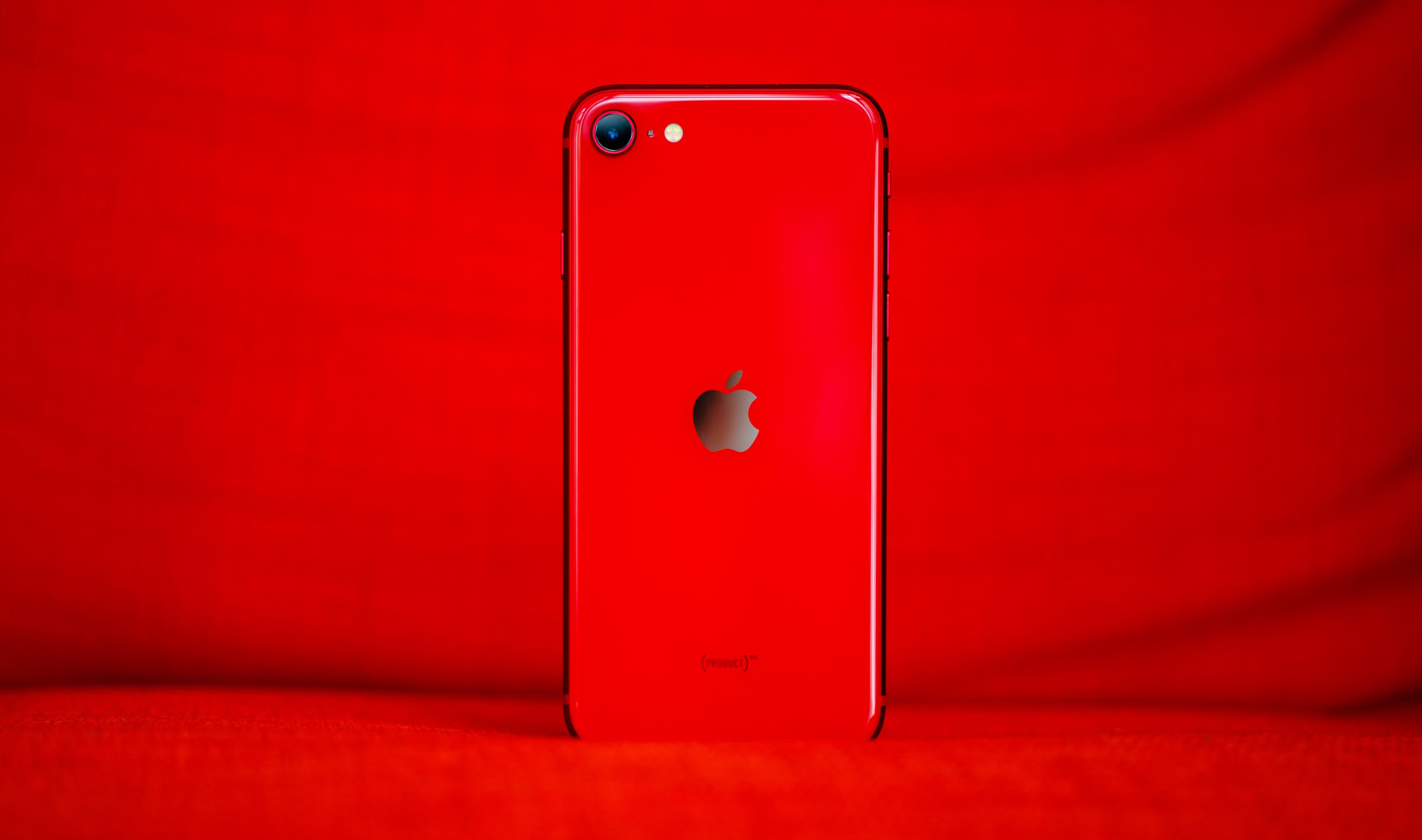Affiliate links on Android Authority may earn us a commission. Learn more.
iPhones were tiny in 2010, but Apple had plans to go "nano"

- Apple was contemplating an iPhone nano back in 2010 when its flagship was just 3.5-inches tall.
- An old email from Steve Jobs shows that the company was in discussions creating a cost plan and renders for the phone.
- The device was likely part of Apple’s 2011 iPhone strategy.
How small is too small for a phone? An email from former Apple chief Steve Jobs suggests a nano-sized device could have been the benchmark for tiny phones 11 years ago.
As discovered by The Verge while collecting emails from the Epic vs Apple lawsuit, the email from Jobs refers to a device called the iPhone nano. It is dated October 2010, which means the unreleased phone would have followed the 3.5-inch iPhone 4, Apple’s flagship for the year. The “nano” moniker suggests this iPhone could have been tinier than the then reigning Apple flagship.
Unfortunately, Jobs’ email doesn’t reveal any specifications for the so-called iPhone nano. It just mentions the words “iPhone nano plan” under a “2011 strategy” bullet point. Another sub-bullet in the same category talks about creating a “low-cost iPhone model based on iPod touch to replace 3GS.” Other text in the communication suggests Apple wanted to set a cost goal and for the iPhone nano and create a model or renders for the phone.
Related: The ultimate iPhone buying guide
As history tells us, the iPhone nano never came into being. It’s anybody’s guess if it would have been a success in 2010 when consumers were increasingly excited about the prospect of large-screen phones. Perhaps the company couldn’t justify shrinking iPhone sizes further given mass video streaming services had gained a lot of momentum, broadband penetration was increasing, and the app scene was exploding. Moreover, limitations of display technology at the time could have also prevented Apple from taking the plunge for a nano iPhone.
However, Apple didn’t altogether give up on Jobs’ strategy of creating a smaller-sized iPhone. As smartphone sizes ballooned over the years, Apple released the first iPhone SE in 2016. The device launched at the same time as the iPhone 6S and 6S Plus, which had 4.7-inch and 5.5-inch displays, respectively. The SE catered to users who still preferred the 4-inch footprint of iPhone 5 and 5S, hence becoming extremely popular as a compact device with a capable processor and a more affordable price.
Most recently, we saw Apple adopt the “Mini” moniker to represent the 5.4-inch iPhone 12 Mini. Meanwhile, the iPhone SE 2020 is also a great small iPhone to consider with its 4.7-inch display in a world full of super-sized phablets.